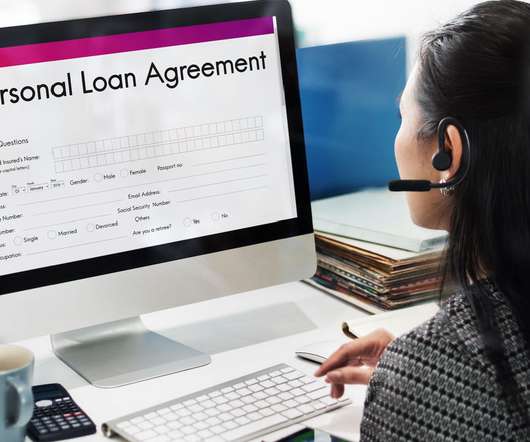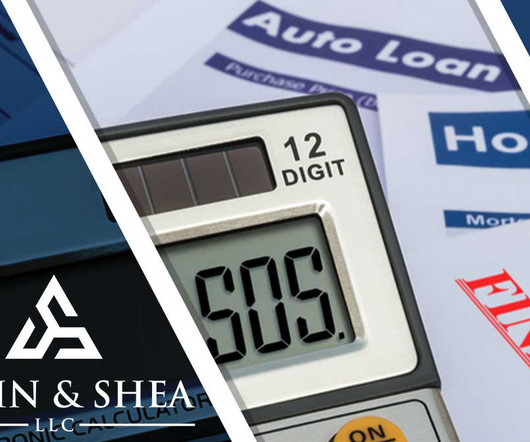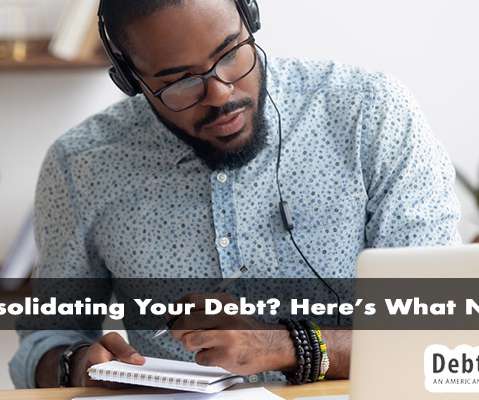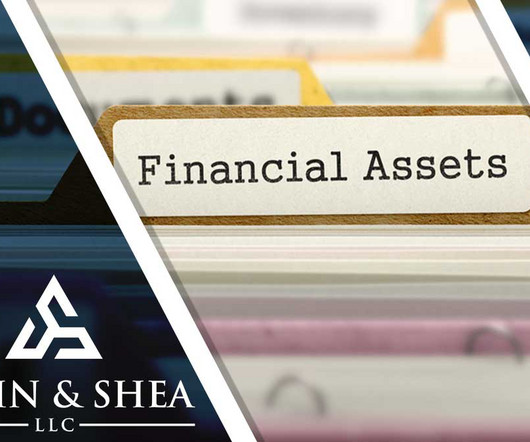What Happens to My Personal Loan After Bankruptcy?
Sawin & Shea
OCTOBER 26, 2022
If you fail to repay an unsecured personal loan, the lender cannot repossess your assets. Common unsecured loans include: Bank loans with no collateral. In addition to unsecured personal loans, there are other types of unsecured debts, such as: Medical bills. Credit card debts.











Let's personalize your content